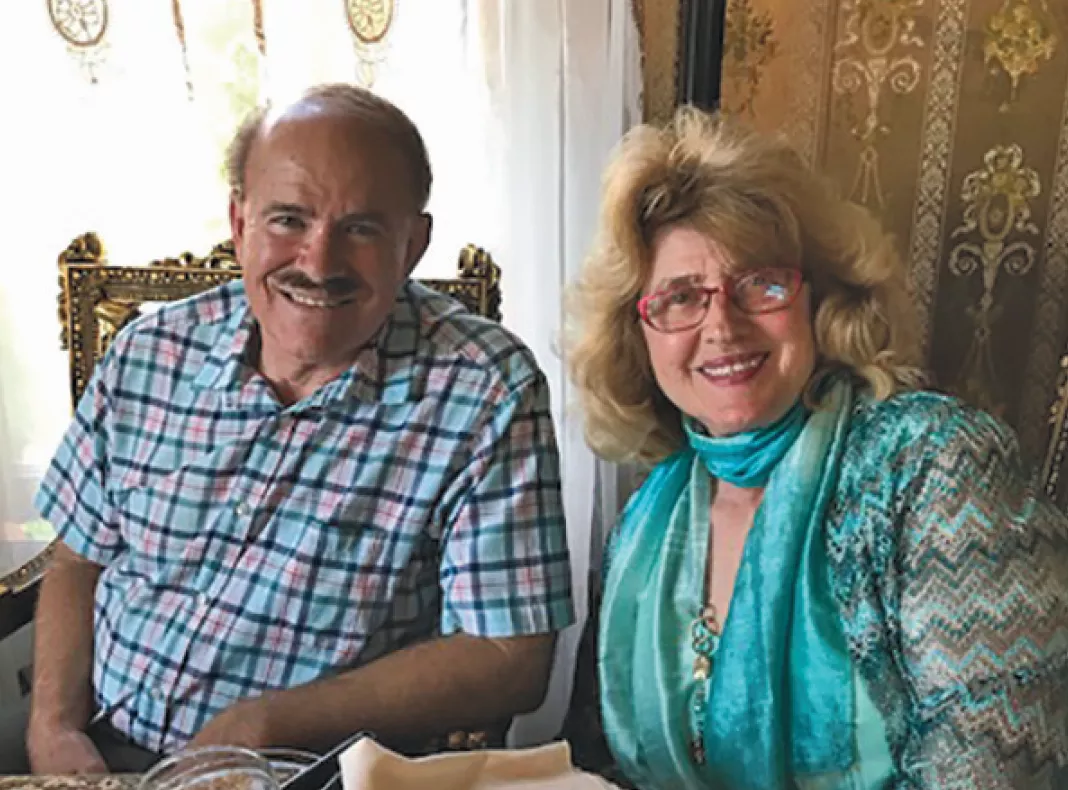There are a lot of attributes, good and bad, ascribed to the baby boomers—about their health and life expectancy, savings and debt levels, tendency to eat dinner out, and their love of dogs. But something else is becoming increasingly evident: They’re becoming downsizers.
While the parents of boomers tended to settle in for decades, surrounded by the same belongings and clinging to the family home, boomers’ children keep their load light and move anywhere on a whim.
Boomers themselves? Well, they seem to be a hybrid. And, experts say, they are increasingly willing to change home base and lifestyles as they age, and get rid of their accumulated stuff.
“They are still attached to the traditional family home, but many just don’t feel like they have to stay in it until the end. They are downsizing and moving on to a place that is more manageable and sometimes offers a different lifestyle,” says Mary Kay Buysse, executive director of the National Association of Senior Move Managers, a fast- growing association that has thrived on the trend.
Buysse says a growing number of people over 60 are choosing a smaller home in a new location they’ve always dreamed of, or one where they can be close to family. She says better health, longer lives, plus the availability of various types of assisted living or affordable retirement locations, has made such moves more common. They want less maintenance and often want the essentials on one floor.
“They also have begun to realize that their kids don’t want their stuff, and definitely don’t want to have to come to their homes with two boxes of trash bags and go through it when parents have to leave,” she says.
And, while it is a bittersweet moment for many older people, they also often say the transition can be liberating and rewarding.
Orval and Katy Garrison are good examples. They’d been in the same home in Santa Paula, Calif., for 34 years, and when Orval retired from teaching after 37 years in 2008, they followed a plan they’d discussed and agreed to. They scaled down their belongings, sold their house, and moved more than 600 miles north to Fortuna in northern California into a smaller home near family.
“It has in some ways seemed like the next adventure in life,” says Garrison. He says moving away from friends was difficult, but they committed to visiting them and they made new ones. He is vice president of California Teachers Association–Retired, and the two are active in other groups and like to travel, all of which they have more time for in a smaller, more manageable home.
“It was surprising how easy it was to downsize and dispose of possessions. Your values change, and things that once seemed important are now in the way. You don’t get rid of it all at once—you thin, thin, thin, and thin again.”
He calls the whole process “uplifting.”

Detaching the strings
It isn’t that easy for everyone.
Experts say thoughts of a change like this after years in one place can be traumatic and very difficult for some people to even consider. Apart from the transition and the loss of a familiar, memory-soaked home and belongings, it can suggest the end of life as they’ve known it. Loved ones, experts say, have to consider that for some it might be exciting but for others it can be very challenging.
Linda and Gary Somo, both retired teachers, are settled into a dierent sort of downsized arrangement that they have found “liberating”, (see sidebar) but Linda says eliminating possessions and moving brought difficult moments.
“The hardest thing was parting with all the happy memories that we associate with that home. As one of my grandchildren said, ‘Christmas will seem so strange not being there’. We also had to give away things like decorations, artwork, and furniture that had been part of our lives for many years.”
She says that anyone considering the move should commit to it fully and look at the positive results—and be willing to go through it with an open mind. “Once you make the move, it is too late to turn back, so you need to be flexible and adaptable.”
Janet Hulstrand, co-author of the book Moving On and the website Downsizing the Home, says downsizing allows people an opportunity to examine photos, writings, and belongings that they might not have otherwise ever reviewed— and they can expand their experience to include others if they share the process or the items and their story. One couple videotaped their review of a family picture album.
Buysse is convinced that nearly everyone can grow to appreciate the process of downsizing in some way, and says experts note that most people eventually have positive feelings about such moves.
Chris DiCroce offers an online course about downsizing and his wife, Melody, is author of the website Saving to Sail that often covers the topic.
They both base their work on their own experience of downsizing and living on a sailboat.
“People process this differently,” Chris DiCroce says. “When we downsized, we both felt dread until that moment when we said, ‘Okay, enough. We can’t act like this or we’re never going to get it done.’” The two have been sailing for six years and both say they have no regrets about dispensing with most of their belongings—including their home. “Downsizing can change your life,” he says.



